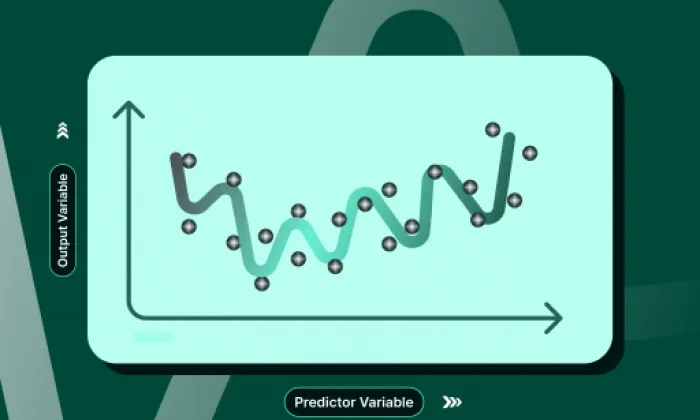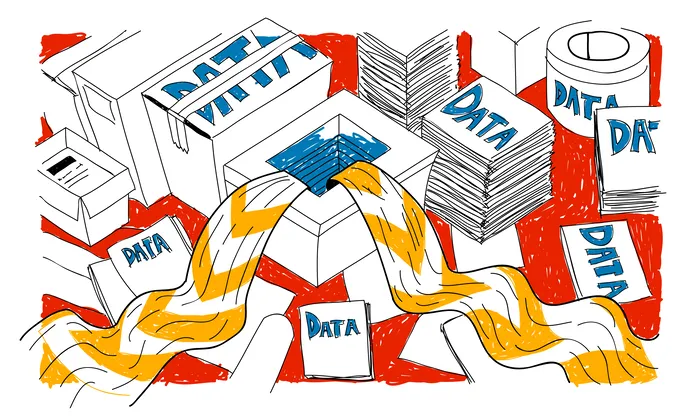Can I define speaker demographics for the voice cloning dataset (e.g., age 20–30, female, urban)?
Voice Cloning
Dataset Design
Speech AI
Defining speaker demographics is a strategic decision in building a voice cloning dataset. It involves selecting key characteristics like age, gender, and location to ensure that the synthesized voice aligns with the intended audience and use case. At FutureBeeAI, we understand that tailoring these demographics is crucial for creating relatable and effective models, whether for virtual assistants, marketing campaigns, or entertainment applications.
Why Tailored Demographics Matter for Voice Cloning
- Relevance to Target Audience: Choosing specific demographics helps create a voice that resonates with users. For instance, a youthful, urban female voice can be particularly engaging for a lifestyle app targeting young adults. This alignment enhances user engagement by making the interaction feel more personal and relatable.
- Enhanced User Experience: When a voice mirrors the demographic characteristics of its users, it fosters a more intuitive and satisfying user experience. This connection can lead to greater comfort and acceptance of the technology, ultimately boosting user satisfaction.
- Diversity and Inclusion: Incorporating diverse demographics ensures that voice models represent a broad spectrum of society. This approach not only prevents bias in AI systems but also promotes equitable access to technology, catering to a wide range of user bases.
How to Implement Demographic Specifications
Implementing demographic specifications effectively requires a methodical approach:
- Data Collection: Recruit speakers who match the desired demographics, ensuring they are representative of the project's goals. Tools like Yugo facilitate this process by verifying speaker demographics and managing onboarding efficiently.
- Script Design: Create scripts that incorporate the cultural and linguistic nuances relevant to the chosen demographics. This ensures authenticity in speech patterns and accents, making the voice more believable and relatable.
- Recording Environment: Maintain high recording standards by using professional studio settings to capture clean audio. Specifications like a 48kHz sample rate and 24-bit depth are essential for producing high-quality datasets.
Challenges and Considerations
While demographic tailoring offers significant benefits, there are challenges and considerations to address:
- Narrowing Focus: A too-narrow focus on specific demographics might limit a dataset's versatility, making it less adaptable for broader applications. It's essential to strike a balance between specificity and versatility.
- Ethical Sourcing: Ensuring ethical sourcing of speakers is crucial. All participants should provide informed consent, and their identities must be protected. Adhering to ethical standards ensures the responsible use of voice data.
- Quality Assurance: Implementing a robust quality assurance process is vital. This includes manual inspections of audio quality and verification of demographic accuracy to maintain dataset integrity.
Common Pitfalls and Real-World Implications
Avoiding certain pitfalls can enhance the outcome of demographic specification:
- Overlooking Variability: Not considering the variability within demographic groups can lead to a lack of representation. For example, within the age range of 20-30, regional accents and socio-economic backgrounds can significantly influence speech patterns.
- Ignoring User Feedback: Failing to incorporate user feedback can create a disconnect between the voice model and its audience. Continuous testing and iteration based on user interactions are essential for refining the model.
Final Thoughts
Defining speaker demographics for a voice cloning dataset is a strategic move that impacts user engagement and the success of the application. By carefully selecting and implementing demographic criteria, organizations can create more relatable and effective voice models. At FutureBeeAI, we emphasize maintaining high ethical standards and quality assurance throughout the dataset creation process, ensuring that our clients receive data that truly meets their needs.
Smart FAQs
Q. Can I change speaker demographics after the dataset is created?
A. Adjusting demographics post-creation typically requires new data collection. It's crucial to define clear demographic objectives before starting to avoid extensive revisions later.
Q. How do I ensure diversity in my voice cloning dataset?
A. To ensure diversity, recruit speakers from various backgrounds and demographics. Implement quotas for gender, age, and regional accents, enriching the dataset for broader applicability.
What Else Do People Ask?
Related AI Articles
Browse Matching Datasets
Acquiring high-quality AI datasets has never been easier!!!
Get in touch with our AI data expert now!








